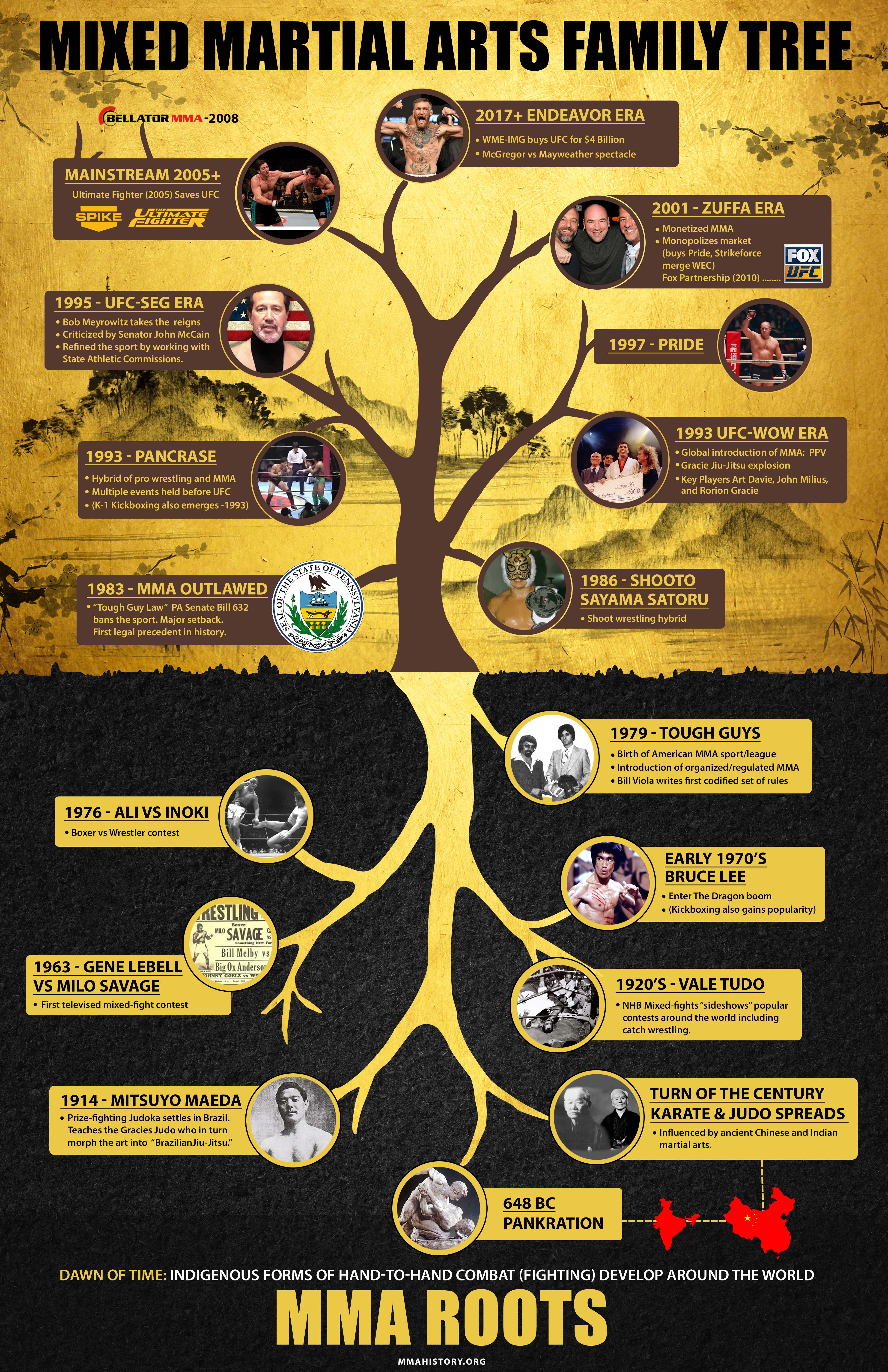The Background And Philosophy Of Fighting Style: A Deep Dive
The Background And Philosophy Of Fighting Style: A Deep Dive
Blog Article
Composed By-Ryberg Montoya
Step into the old globe where martial arts were substantiated of necessity in varied areas. Societies crafted one-of-a-kind fighting designs linked with historical contexts. Techniques evolved over centuries via devoted method and cultural exchanges. Today, modern martial arts blend conventional components for optimal effectiveness. Philosophically, martial arts stress technique, self-improvement, and harmony. Regard, humbleness, and balance are foundational concepts leading specialists towards growth and resilience. Check out the midsts of this abundant background and viewpoint to reveal the extensive impacts shaping this long-lasting self-control.
Beginnings of Martial Arts
Martial arts originated in numerous regions around the globe, developing as functional combat systems to resist risks. These ancient combating styles were created out of necessity, with each culture crafting strategies fit to their one-of-a-kind settings and obstacles. From the grappling arts of Jujutsu in Japan to the striking methods of Kung Fu in China, martial arts were deeply linked with the historical, social, and cultural textile of their corresponding cultures.
In Japan, the samurai course refined martial arts like Kenjutsu, the art of the sword, which later developed into the a lot more promoted form of Kendo. At the same time, in Brazil, Capoeira emerged as a mix of dance and battle, created by enslaved Africans as a means to withstand oppression. Each fighting style lugs with it an abundant history and approach, mirroring the values and beliefs of the people that exercised them.
As you explore the beginnings of martial arts, you uncover a tapestry of human ingenuity, strength, and the unrelenting spirit of warriors throughout time.
Evolution of Methods
Through centuries of practice and improvement, battle strategies within various martial arts have actually gone through a profound evolution. From ancient styles like Martial art and Karate to extra modern disciplines such as Brazilian Jiu-Jitsu and Krav Maga, the development of techniques has been driven by a combination of cultural impacts, sensible applications, and technological improvements.
https://selfdefensemanvswoman29628.dailyblogzz.com/36043741/opening-self-confidence-the-advantages-of-a-kids-martial-arts-program of this development is the cross-pollination of methods in between various martial arts. As an example, strategies from conventional Japanese Jiu-Jitsu were integrated into the creation of Judo by Jigoro Kano in the late 19th century. This blending of designs has actually resulted in the development of crossbreed martial arts like Mixed Martial Arts (MIXED MARTIAL ARTS), which integrate elements of striking, grappling, and submission strategies.
In addition, the evolution of methods has been formed by the boosting emphasis on effectiveness and performance in combat. Experts have continuously looked for to improve their techniques with extensive training, trial and error, and competitors, bring about the development of extremely specialized and effective combating designs. On the whole, the advancement of techniques in martial arts reflects the vibrant nature of fight and the continuous mission for enhancement and development.
Philosophical Structures
Discovering the underlying thoughtful principles of martial arts provides insight right into their core worths and leading beliefs. At the heart of several martial arts techniques is the idea of discipline itself. By educating your body and mind to serve as one cohesive unit, you cultivate self-control that prolongs beyond the dojo or health club right into everyday life. This self-control encompasses regard, humility, and self-discipline, forming not just your physical abilities but also your character.
An additional fundamental thoughtful foundation in martial arts is the concept of continual self-improvement. The trip of understanding a fighting style is perpetual, with practitioners continuously making every effort to far better themselves, both literally and mentally. This concentrate on development cultivates resilience, determination, and a growth frame of mind that can be related to all facets of life.
Furthermore, martial arts stress the relevance of harmony and equilibrium. what age can a child learn martial arts are made to use a challenger's power versus them, highlighting the principle of generating and redirecting force instead of meeting it head-on. This philosophy encompasses social connections, advertising relaxed resolutions and good understanding. By accepting these thoughtful structures, martial artists not just boost their fight abilities yet likewise cultivate a way of living fixated individual development, regard, and harmony.
Verdict
To conclude, the background and viewpoint of martial arts supply an abundant tapestry of tradition, discipline, and self-improvement.
Take for example the tale of Bruce Lee, that revolutionized martial arts by mixing different designs and philosophies to create his very own special kind of Jeet Kune Do.
Through commitment and innovation, martial musicians remain to press boundaries and influence others to reach their complete potential both in combat and in life.
